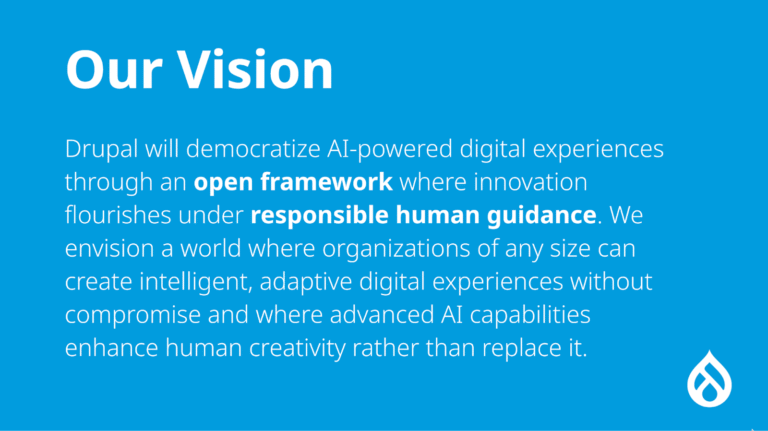There is still a great deal of alarm over who stands to lose their job to automation and artificial intelligence. From call center operators to junior data analysts, there will almost certainly be some losses in the years ahead. But when it comes to identity protection and AI, the question is not “Who is going to lose their job to artificial intelligence?” The real question is “Who should lose their job to artificial intelligence?”
When AI Should Replace Routine Roles
Self-healing security describes a system where detection, diagnosis, and repair happen without constant human intervention. In 2025, many organizations move toward that model by combining detection engines with automated playbooks. The AI observes a vulnerability, drafts the needed change, runs a test in a staging sandbox, and if the test passes, applies the patch or config change. This is not a replacement for governance. It is an acceleration of operations under defined guardrails.
If AI could prevent identity theft better than certain cybersecurity specialists, then it stands to reason those specialists should lose their jobs to AI. It is not possible for AI to get distracted, ignore a known issue, or abdicate duties that are part of its programmed responsibilities. In 2025, those programmed responsibilities now include reasoning, patch generation, and in many cases automated remediation.
Why Human Error Remains the Weak Link
The challenge is not whether AI can protect identities better than humans. It already can in many cases. The question is whether organizations will adopt and trust these capabilities with the right safeguards. In 2025, the smartest approach is a partnership where AI provides relentless vigilance and speed while humans hold the steering wheel for governance and ethics. Those who embrace that model will be best positioned to protect their customers in a world where both the defenders and the attackers are powered by artificial intelligence.
ChatGPT 5 as a Reasoning Engine for Security
That does not mean entire teams disappear overnight. It means teams will change. Engineers will focus on architecture, policy, incident simulation, and ethical governance while AI handles the heavy lifting of monitoring and remediation. In a practical sense that is a gain for security and a gain for consumers whose identities it protects.
Privacy must also be front and center. Moving to on-device processing and encrypted assertions is not merely a technical choice. It is an ethical one. The organizations that succeed will be those that minimize centralized sensitive data and design identity flows that favor user control.
On-Device Biometrics and Continuous Authentication
Human error is often the weak point in identity protection. A missed software update, a misapplied configuration, or an unreviewed alert can enable attackers to act. While training and process improvements help, they rarely eliminate lapses entirely. Today, criminals use generative AI to produce targeted attacks and to iterate on exploit vectors far faster than a human can keep pace with.
AI is not infallible. Models can make mistakes, and attackers will attempt to poison or confuse them. That is why organizations need oversight, auditability, and well defined escalation rules. Humans must remain responsible stewards of systems that affect people’s identities. The right balance is to let AI handle repetitive, data intensive, and time critical tasks while ensuring human review for high risk changes and policy decisions.
That capacity changes the definition of a secure identity architecture. Instead of relying on static identifiers that can be stolen or leaked, identity systems now use layered, adaptive verification. Biometric data, behavioral signatures, and device-bound credentials combine to create a living identity profile that is continuously validated. AI helps build and update that profile, not by centralizing sensitive raw data, but by training models that run locally and exchange encrypted assertions only when necessary.
Self-Healing Security and Automated Remediation
A central theme of modern identity protection is to avoid centralized storage of raw biometrics or other immutable identifiers. On-device AI allows facial data, fingerprint maps, and behavioral metrics to be kept encrypted on a user’s hardware. The device proves identity through cryptographic assertions instead of sending raw data over a network. Continuous authentication layers behavioral signals such as typing cadence, mouse movement, and interaction patterns to detect account takeover attempts even after initial login.
ChatGPT 5 is not a simple chat interface. It is a reasoning engine that can process security telemetry, explain what it finds in plain language, and draft remediation code. For organizations that adopt it responsibly, the benefits are immediate. AI models can correlate disparate signals, surface novel attack patterns, and produce prioritized action lists that busy engineers can follow. When integrated with automation platforms, these models can close the loop by applying fixes at machine speed.
The Limits and Ethical Considerations
AI makes continuous authentication practical. Models learn the unique patterns of a user’s device interactions and raise the alarm when activity deviates meaningfully. Importantly, this approach reduces the value of stolen identifiers. A leaked password or a copied biometric template is far less useful if the ongoing session cannot match the device and behavioral signature the AI expects.
When asking the question “Who should lose their job to AI?” in the context of identity protection the answer is fairly clear. Roles that are primarily repetitive, reactive, and prone to human oversight are the best candidates for automation. Those who spend much of their time triaging routine alerts, applying the same patch across hundreds of endpoints, or updating static rule lists are doing work that AI can do better and faster.
Who Should Lose Their Job to AI
That makes a strong case for handing repetitive, high-volume detection and remediation tasks to AI. Where subjective judgment is required, humans remain essential. Where precision and relentless monitoring matter, AI is the better instrument. In practice in 2025 this means hybrid teams where AI handles baseline defenses and humans focus on strategy, policy, and edge cases.
Automated remediation eliminates long windows when vulnerabilities remain exposed. For identity protection that matters, timing is crucial. Attackers often succeed in minutes. AI that can patch in minutes instead of days makes a real difference.
Trusting AI With Identity Protection
By Randy Ferguson
Modern identity protection requires speed and constant vigilance. Too many breaches still happen because routine operational tasks are done by overstretched teams that rely on fragmented tools. The new generation of AI, including the new updated ChatGPT 5, accelerates an organization from a defensive posture to a proactive posture. Rather than waiting for alerts to pile up, AI models continuously search the estate for anomalies, propose fixes in human language, and when permitted, initiate patching and configuration updates automatically.






